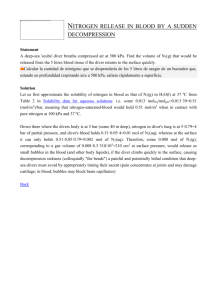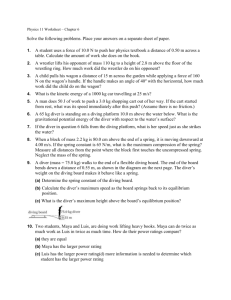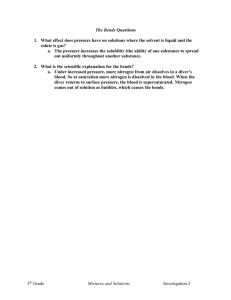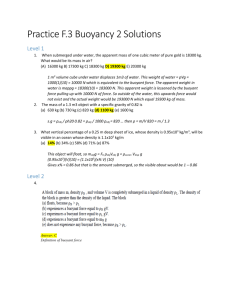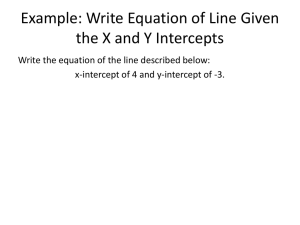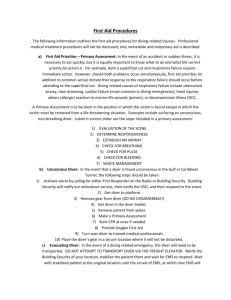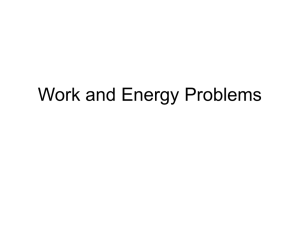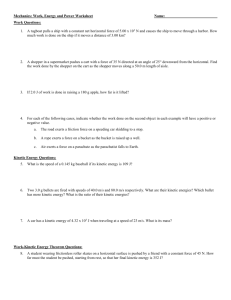FORM 21: Field Neurological Field Assessment Test
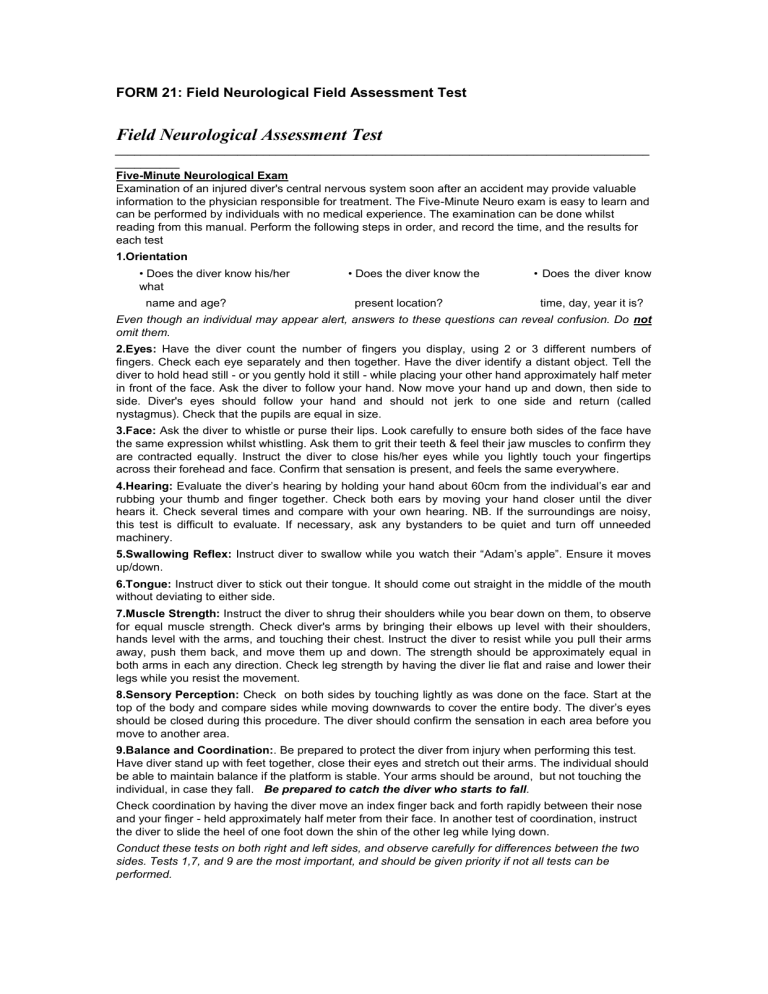
FORM 21: Field Neurological Field Assessment Test
Field Neurological Assessment Test
___________________________________________________________________________________
__________
Five-Minute Neurological Exam
Examination of an injured diver's central nervous system soon after an accident may provide valuable information to the physician responsible for treatment. The Five-Minute Neuro exam is easy to learn and can be performed by individuals with no medical experience. The examination can be done whilst reading from this manual. Perform the following steps in order, and record the time, and the results for each test
1.Orientation
• Does the diver know his/her what
name and age?
• Does the diver know the • Does the diver know
present location? time, day, year it is?
Even though an individual may appear alert, answers to these questions can reveal confusion. Do not omit them.
2.Eyes: Have the diver count the number of fingers you display, using 2 or 3 different numbers of fingers. Check each eye separately and then together. Have the diver identify a distant object. Tell the diver to hold head still - or you gently hold it still - while placing your other hand approximately half meter in front of the face. Ask the diver to follow your hand. Now move your hand up and down, then side to side. Diver's eyes should follow your hand and should not jerk to one side and return (called nystagmus). Check that the pupils are equal in size.
3.Face: Ask the diver to whistle or purse their lips. Look carefully to ensure both sides of the face have the same expression whilst whistling. Ask them to grit their teeth & feel their jaw muscles to confirm they are contracted equally. Instruct the diver to close his/her eyes while you lightly touch your fingertips across their forehead and face. Confirm that sensation is present, and feels the same everywhere.
4.Hearing: Evaluate the diver’s hearing by holding your hand about 60cm from the individual’s ear and rubbing your thumb and finger together. Check both ears by moving your hand closer until the diver hears it. Check several times and compare with your own hearing. NB. If the surroundings are noisy, this test is difficult to evaluate. If necessary, ask any bystanders to be quiet and turn off unneeded machinery.
5.Swallowing Reflex: Instruct diver to swallow while you watch their “Adam’s apple”. Ensure it moves up/down.
6.Tongue: Instruct diver to stick out their tongue. It should come out straight in the middle of the mouth without deviating to either side.
7.Muscle Strength: Instruct the diver to shrug their shoulders while you bear down on them, to observe for equal muscle strength. Check diver's arms by bringing their elbows up level with their shoulders, hands level with the arms, and touching their chest. Instruct the diver to resist while you pull their arms away, push them back, and move them up and down. The strength should be approximately equal in both arms in each any direction. Check leg strength by having the diver lie flat and raise and lower their legs while you resist the movement.
8.Sensory Perception: Check on both sides by touching lightly as was done on the face. Start at the top of the body and compare sides while moving downwards to cover the entire body. The diver’s eyes should be closed during this procedure. The diver should confirm the sensation in each area before you move to another area.
9.Balance and Coordination: . Be prepared to protect the diver from injury when performing this test.
Have diver stand up with feet together, close their eyes and stretch out their arms. The individual should be able to maintain balance if the platform is stable. Your arms should be around, but not touching the individual, in case they fall. Be prepared to catch the diver who starts to fall.
Check coordination by having the diver move an index finger back and forth rapidly between their nose and your finger - held approximately half meter from their face. In another test of coordination, instruct the diver to slide the heel of one foot down the shin of the other leg while lying down.
Conduct these tests on both right and left sides, and observe carefully for differences between the two sides. Tests 1,7, and 9 are the most important, and should be given priority if not all tests can be performed.
The diver's condition may prevent the performance of one or more of these tests. Record any omitted test, and the reason. If any of the tests appear abnormal, injury to the central nervous system should be suspected. The tests should be repeated at frequent intervals while awaiting assistance, to determine if any change occurs. Report the results to the emergency medical personnel responding to the call.
Good diving safety habits would include practicing this examination on normal uninjured divers, to gain proficiency in use.
